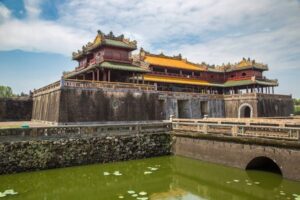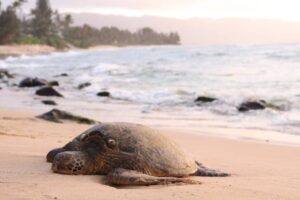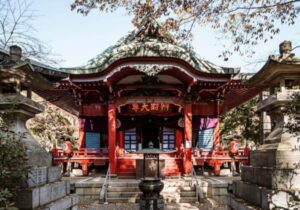The Travel Blog
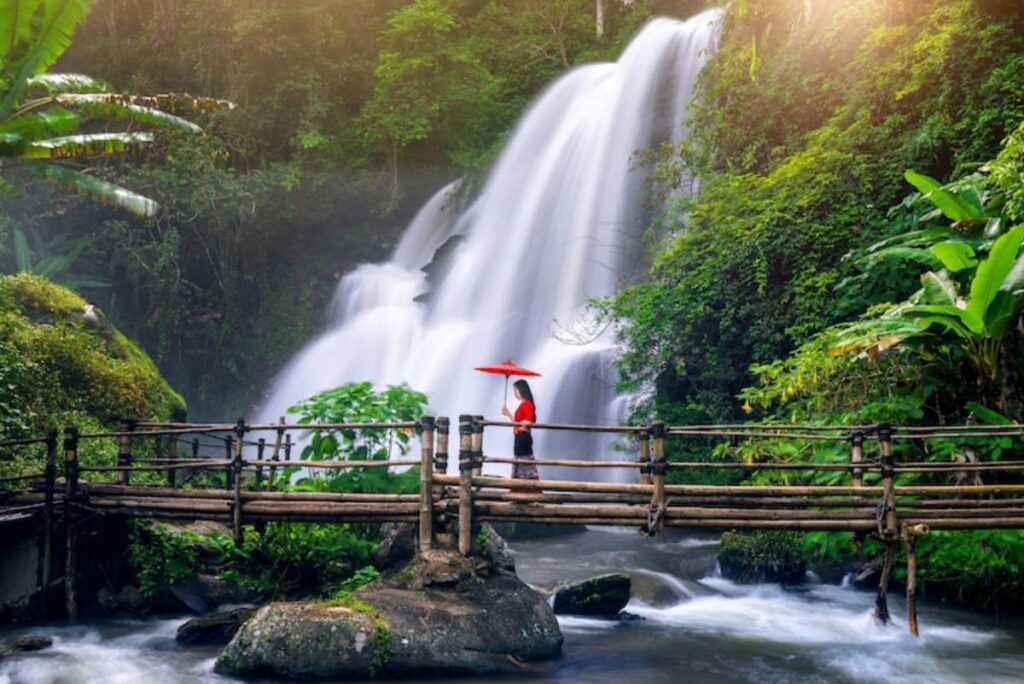
Wellawaya, Sri Lanka: Waterfalls and Paddy Fields
Where Stillness Meets Scenic
Most people chasing waterfalls in Sri Lanka find themselves drawn to the misty highlands of Ella or the Instagrammable viewpoints of Nuwara Eliya. But travel a little further south, and you’ll stumble upon Wellawaya — a town quietly tucked between lush paddy fields and some of the island’s most mesmerising waterfalls. It’s the kind of place that doesn’t shout for your attention but gently invites you to slow down and stay awhile.
In this guide, you’ll find out why Wellawaya is one of the most underrated hidden travel gems in Asia. From terraced rice fields to off-the-radar nature trails, we’ll take you through everything that makes this southern Sri Lankan escape worth the detour.
A Gateway with No Rush
The Geography of Serene Contrast
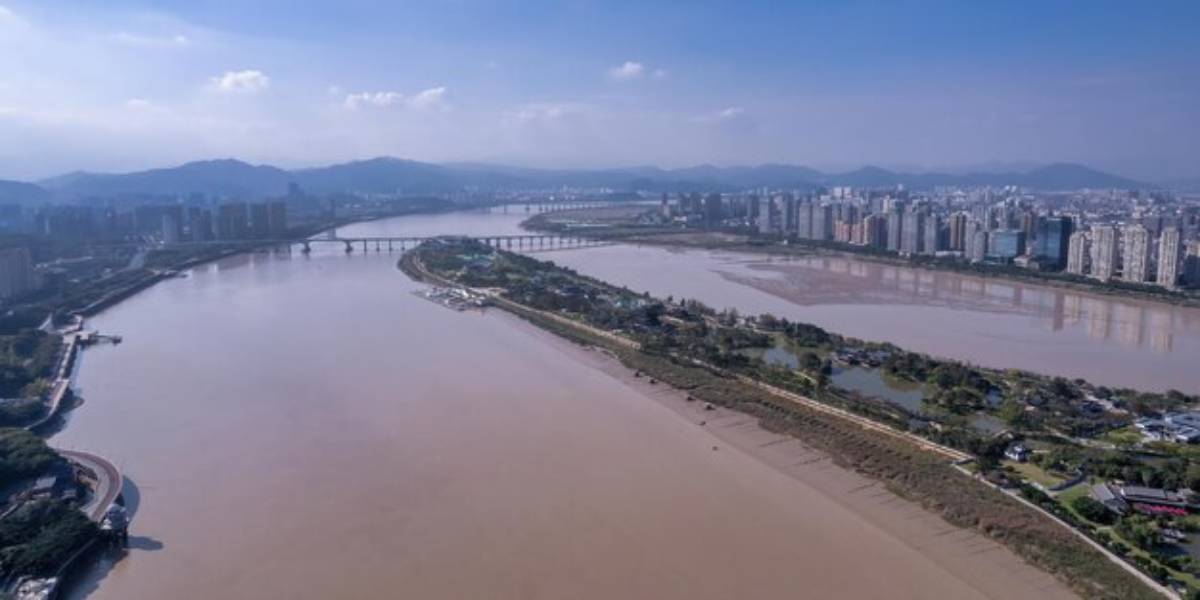
Located in Uva Province, Wellawaya sits at the junction of Sri Lanka’s hill country and the arid southern plains. What this means for you as a traveller is that within a 30-kilometre radius, you can go from cool mountain air to sun-soaked fields. It’s the kind of microclimate diversity that keeps every moment interesting.
Getting there? It’s roughly 1.5 hours by road from Ella, or about 4.5 hours if you’re arriving from Colombo. Despite its accessibility, Wellawaya has dodged the high-profile tourism buzz, which only adds to its charm.
The Unfiltered Sri Lankan Life
There are no chain coffee shops here, no souvenir stalls touting the same batik shirts. Instead, you’ll find sleepy tea shops, water buffaloes plodding through mud, and kids waving from schoolyards as you pass. It feels like a rare chance to see Sri Lanka as it truly is — not repackaged, not rebranded, just real.
Nature in Every Direction
Paddy Fields that Paint the Landscape
It’s hard to talk about Wellawaya without mentioning the rice fields. Stretching for miles in every direction, they shift in colour with the seasons — emerald in early growth, golden just before harvest. Morning fog settles over the fields like a soft blanket, and in the evenings, the skies reflect in water-logged paddies, creating an oil-painting panorama.
Want to immerse yourself? Take a morning walk through the paddies, guided by a local farmer. You’ll learn how rice is planted, why buffaloes are still valued, and maybe even join in for a tea break in a mud hut.
Diyaluma Falls: Nature’s Infinity Pool
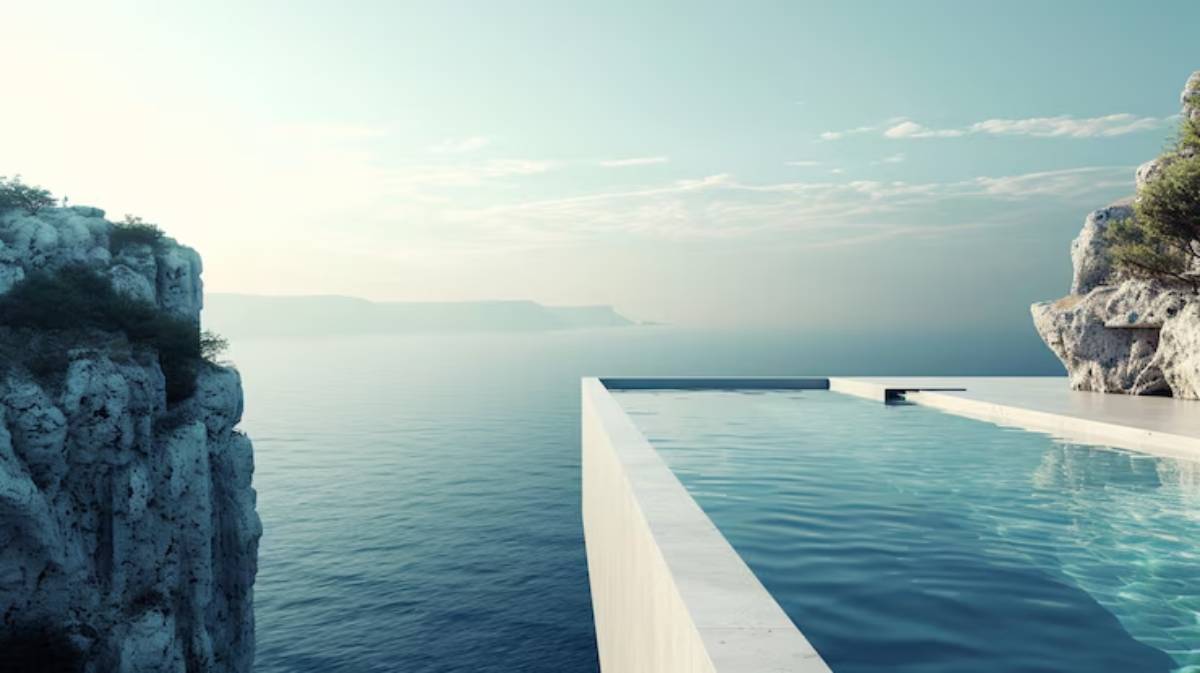
Standing at 220 metres, Diyaluma is Sri Lanka’s second-highest waterfall. It cascades in layers, forming natural pools along the rockface. A short hike to the top reveals one of the most unforgettable views you’ll find anywhere on the island.
Why it’s worth your time:
- Swimming in the upper pools with views that stretch for miles
- No crowds if you time it right (early mornings or weekdays)
- The chance to watch a waterfall from both above and below
Ellewala and Galpoththa: The Hidden Twins
Just a short tuk-tuk ride away, Ellewala Waterfall is a local favourite. Tucked into the jungle, it’s not uncommon to have the whole place to yourself.
Hack : Go early or late in the day for the best light and privacy.
Galpoththa, even less known, offers a shady trail and a peaceful pool at its base. The rocks are perfect for lounging, journaling, or just soaking in the stillness.
Culture and Living Heritage
Buduruwagala Temple: Carvings in Time
Five kilometres from the town centre lies Buduruwagala Temple, where a 15-metre Buddha carved into rock stands with quiet dignity. Flanked by six smaller figures, these carvings date back to the 8th century and are surrounded by forest.
Visit around sunset, when the low sun hits the stone and the forest hushes. It’s not just photogenic; it’s powerful.
Village Life and Matriarchal Wisdom
Engage with local communities through guided village walks. You’ll learn how spices are dried, how clay stoves are built, and why village life is often run by the women. Meals are cooked over firewood, and everything has a story.
Anecdote alert : One local family shared their secret to perfect coconut sambol — and insisted I try it with buffalo curd. I did. It was brilliant.
Eco-Tourism That Matters
Sustainability as a Lifestyle
Unlike many parts of Sri Lanka now groaning under the weight of commercial tourism, Wellawaya offers a model of slow, sustainable travel. Local initiatives like organic farms and women-led homestays are gaining ground here.
Look out for:
- Handwoven crafts at the weekly market
- Cooking workshops with foraged ingredients
- Agro-tourism stays on banana or coconut plantations
When you choose these, your money stays in the community and sustains ancient traditions.
Wildlife Watch (Respectfully)
The Kirindi Oya Reservoir is a haven for birds, especially at dawn. Bring binoculars and patience, and you’ll likely see kingfishers, storks, and perhaps even a mongoose darting across the road.
Elephants occasionally roam near the forest edges. If you spot one, maintain a respectful distance and never attempt to feed or touch them.
When and How to Plan
Best Time to Visit
May to September is ideal for dry, sunny days and waterfall hikes.
October to April offers green landscapes and dramatic skies, but comes with occasional rain.
Where to Stay
- Budget : Local guesthouses with home-cooked meals and village views.
- Mid-range : Eco-lodges near waterfalls or paddy fields.
- Luxury : Boutique properties in nearby Ella if you want to dip into comfort while exploring Wellawaya by day.
Getting Around
Tuk-tuks are perfect for short distances. For day trips, hire a car with a driver. Most locals speak some English and are happy to offer tips and directions.
Final Thoughts: Wellawaya is Sri Lanka’s Quiet Soul
In a country brimming with natural and cultural beauty, Wellawaya stands out precisely because it doesn’t compete. It doesn’t need to. Here, you don’t just visit a place; you listen to it. You notice the rhythm of fieldwork, the sound of falling water, and the quiet pride of people who never saw their home as a tourist attraction, just home.
So if you’re planning your next adventure across Asia’s coastal secrets, carve out time for Wellawaya. Leave the guidebook at the guesthouse. Follow the sound of a distant waterfall. Stop for mangoes by the roadside. And remember that the best journeys often happen in the places no one told you to visit.
Have you discovered a hidden gem like Wellawaya on your travels? Share your story in the comments or tag us in your slow travel photos. Let’s keep the secret alive, one mindful step at a time.



